Magnesium is an essential nutrient needed for optimal plant growth, but like all other nutrients, it’s depleted over time. Gardeners need to know how to add magnesium to the soil to ensure their crops grow and thrive.
Magnesium isn’t an element we often think of when it comes to crop growth. The three main nutrients that plants need are nitrogen, potassium, and phosphorous – the famous NPK.
That doesn’t mean magnesium isn’t a vital part of it all.
Let’s learn about why magnesium is so important for your plants and how you can help them if the levels are lower than ideal.
Why Is Magnesium Vital for Plants?

Do you remember hearing about photosynthesis in botany during school? Plants need sunlight to survive, and without magnesium, chlorophyll is unable to capture the sun’s energy required for photosynthesis.
To put it simply, without magnesium, the leaves would never turn green. It’s the only metal that is a constituent of chlorophyll; it’s essentially like the hemoglobin in your blood but it contains magnesium rather than iron.
That’s not all magnesium does though; only 20% of the magnesium in your plants is used for that purpose. The rest is used for different metabolic processes.
Plants store magnesium in the enzymes, which is part of the chlorophyll molecule. Not only does it help the photosynthesis, but magnesium is used to metabolize carbohydrates and stabilize the cell membrane.
It’s an essential piece of the puzzle that creates your plants.
Signs of a Magnesium Deficiency
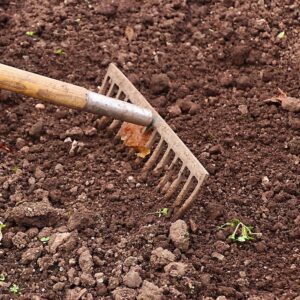
So, you know that magnesium is crucial for plants, so a deficiency can cause significant problems in the development of the plant. Magnesium deficiency is particularly common in gardens with light, sandy soil or soil that isn’t rich in organic matter.
One cause of a magnesium deficiency is heavy rains which cause the nutrients to leach out of sandy or acidic soil. Also, if your soil has high amounts of potassium in it, that can cause your plants to absorb that instead of the magnesium.
Magnesium levels work hand in hand with your soil’s pH range, and it’s common to see it lacking in acidic soils when the pH is below 6.0.

So, how do you know if your plants have a magnesium deficiency? These plants typically have some identifiable characteristics, such as:
- Yellowing of the older leaves on the plant
- Purple, red, or brown spots or patches might appear on the leaves.
- Over time, the leaves and the entire plant starts to die.
Typically, a magnesium deficiency won’t lower your crop yield, but it will decrease the nutritional value of your crops. Having a deficiency could cause a lack of proteins needed by the amino acids, leading to a reduced quality of the produce.
That’s a bummer – if you’re going to grow fresh food, you want to make sure the veggies are as healthy as possible.
Test Your Soil
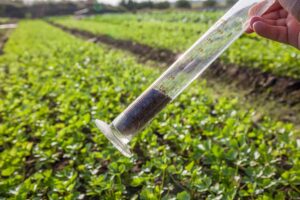
While you can look for signs, another option is to conduct a soil test to check all of the nutrients in your soil. Not only does a soil test determine how much magnesium is in your soil, but it also can check your pH level.
You can buy soil tests online or at garden stores. If you don’t feel confident performing the test yourself, your extension office should offer professional soils tests. They can take several weeks, so I recommend doing so several weeks before you plant anything.
How to Add Magnesium to The Soil
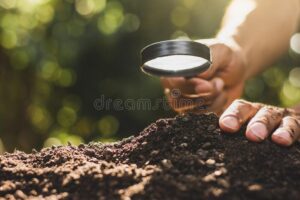
If you realize that your plants lack the magnesium needed for growth, you have to figure out how to add magnesium to the soil. If you don’t, your plants will die over time.
1. Amend The Soil with Compost Yearly

This first task needs to be completed each year before you plant your garden. Each year, you should add an annual application of organic compost.
Organic compost is rich in magnesium, giving your plants an excellent source. Compost also helps to conserve moisture in the soil, preventing the nutrients from coming out during heavy rainfalls.
2. Add Epsom Salt to the Garden Beds
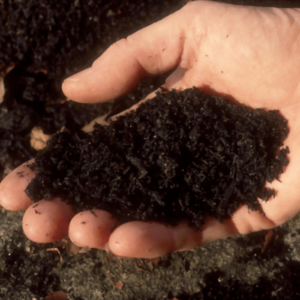
Some gardeners find that Epsom salt works well to add magnesium. Using Epsom salt seems to help plants absorb their nutrients easier while also solving the deficiency in the soil.
The nice thing about using Epsom salt is it increases magnesium without altering your pH range. So, if you have the right pH level and don’t want to mess with it but need to boost your magnesium, Epsom salt could be the best way to go.
While the University of Saskatchewan doesn’t recommend using Epsom salt in the garden, they do note that the one time it’s fine to use is if you’re suffering from a magnesium deficiency.
3. Try a Leaf Spray
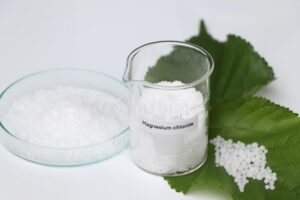
Another option you can try as a temporary solution is to use a chemical leaf spray. These sprays are an easy and quick way to give your plants a magnesium boost, but they don’t last long.
Foliar sprays need to be applied several times throughout the growing season. The average application amount is 10-15 lbs per 100 gallons of water. You want to make sure you saturate the plants.
4. Raise the pH Level of Your Soil

Since magnesium levels and low pH levels are tied together closely, it makes sense that raising your soil’s pH goes right along with adding magnesium.
There are several ways to decrease the acidity in your soil and make it more basic. Here are some soil amendments that are good options.
- Lime: You can get lime as a powder in a coarse grind. Work it into your soil when you plant or sprinkle it on after.
- Wood ash: While it isn’t as potent as lime, wood ash also raises your soil’s pH.
- Oyster shells: Like wood ash, oyster shells work more slowly than lime, but they are a good choice if you only need a light adjustment.
Just remember that you should alter your soil’s pH slowly over several months. You’ll probably need to re-apply several times during that period.
5. Use Lime as an Amendment
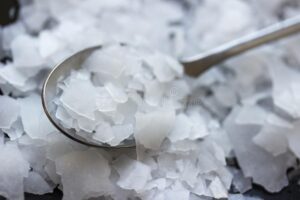
Before you put your plants in the ground, if you need to add magnesium and increase the pH of your soil at the same time, the best thing to do is an application of lime. Calcitic and dolomitic limestone are the two most common choices for this application.
Dolomitic is the cheapest option and a great choice to make your soil less acidic.
Use either a manual or mechanical tiller to till to the depth of 6-8 inches. Apply the lime and mix it back into the soil. Typically, you spread lime across the soil in either a powdered or granulated form.
6. Use Poultry Manure
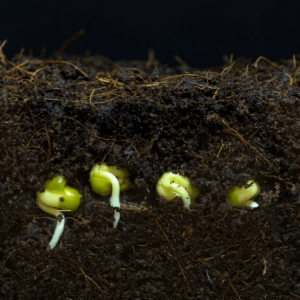
Applying a layer of fresh poultry manure to your crops in the fall is a great way to add magnesium. Poultry manure is hot, so you never want to add it directly to your plants. All of the nitrogen will burn your plants instead of helping them.
The nice thing about poultry manure is that it’s reasonably balance. It’s a source of magnesium, nitrogen, potassium, and more, but it doesn’t have an insanely high number of any one nutrient.
7. Try Adding Some Soybean Meal

Here is a fertilizer that is a good source of magnesium that you can easily apply before planting to give a boost.
The problem with soybean meal is that it has more potassium than magnesium, so you need to be cautious and only use this if your soil also needs a potassium boost.
Make Sure You Test Again
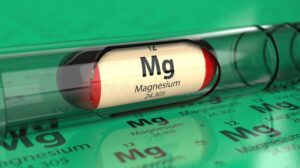
A few months after you apply whichever method you select, make sure you take another soil test. You want to see how well everything worked.
Learning how to add magnesium to the soil isn’t hard; you just have to pick the method you want to try and go with it! If it doesn’t work well, you can try another.
![]()

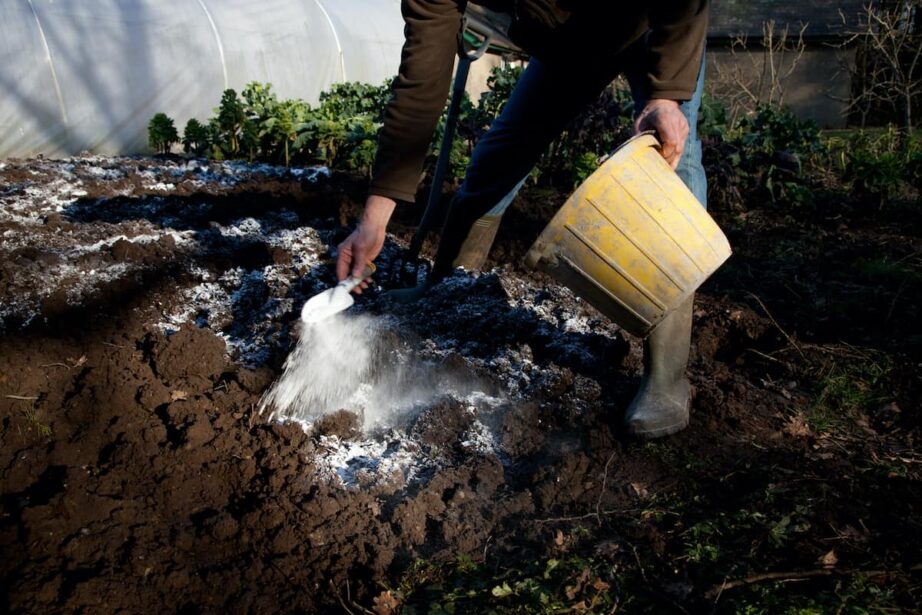
Recent Comments